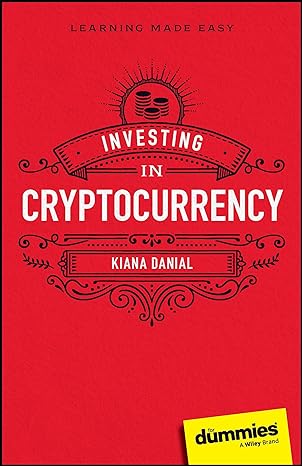CASE STATEMENT The BSAF Chemical Corporation has managed to earn a consistently high rate of return on its investments. The secret of its success has been the strategic and timely development, manufacturing, and marketing of innovative chemical products that have been used in various industries. Currently, the management of the company is considering the manufacture of new packaging material for electronic products. The Company's Research and Development teams have come up with two glternatives a Plant 1 , which would have a lower startup cost, and Plant 2, which would cost more to produce initially but would have greater economies of scale. At the initial presentation, the project leaders of both teams presented their cash flow projections and provided sufficient documentation in support of their proposals. However, sincethe products are mutually exclusive, the firm can only fund one proposal. To resolve this dilemma, Saogd, the Assistant Treasurer, and a recent graduate from a prestigious university, has been assigned the task of analyzing the costs and benefits of the two proposals and presenting his findings to the board of directors. Saogd knows that this will be an uphill task since the board members are not all on the same page when it comes to financial concepts. The Board has historically had a strong preference for usingrates of return as its decision criteria. On occasions, it has also used the payback period approach to decide between competing projects. However, Saood is convinced that the net present value (NPV) method is least flawed and when used correctly will always add the most value to a company's wealth. After obtaining the cash flow projections for each plant (see Tables 1), and crunching out the numbers, Saood realizes that the hill is going to be steeper than he thought. The various capital budgeting techniques, when applied to the two series of cash flows, provide inconsistent results. The project with the higher NPV has a longer payback period, as well as a lower Accounting Rate of Return (ARR) and internal Rate of Return (IRR). Saood scratches his head, wondering how he can convince the Board that the IRR, ARR, and Payback Period canoften lead to incorrect decisions. Table -1-Cash flow Estimation Required 1. Calculate the NPV for the two projects and explain the relevance using 10% as the discount rate. Howshould Saood convince the Board that the NPV method is the way to go









